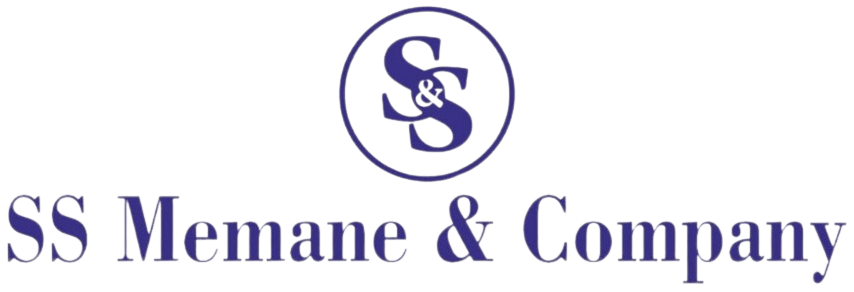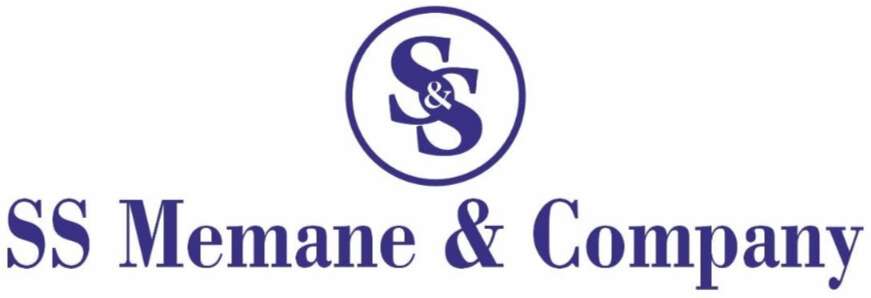Payroll
Quick Contact
Documents Required
- Employee Information
- Salary Structure
- Salary Structure
Payroll
Payroll is a crucial function within any organization, responsible for managing employee compensation, including salaries, bonuses, deductions, and taxes. Efficient payroll management ensures that employees are paid accurately and on time, while also ensuring compliance with statutory requirements.
Key Points
Employee Information: Payroll starts with accurate employee data, including personal details, job roles, salary structure, and tax information.
Salary Calculations: This includes the computation of gross salary, deductions (like PF, ESI, TDS), and net salary payable to employees.
Deductions and Contributions: Payroll must account for various deductions such as provident fund, professional tax, income tax, and contributions to employee benefits.
Tax Compliance: Ensuring timely deductions and deposits of taxes (like TDS) and filing necessary returns to avoid legal penalties.
Documents Required
Employee Information:
Personal details (name, address, contact information).
Employment contract or offer letter.
Bank account details for salary transfer.
Tax-related documents (PAN, Form 16).
Salary Structure:
Breakdown of components like basic pay, allowances, bonuses, etc.
Deductions for provident fund (PF), employee state insurance (ESI), professional tax, and income tax.
Attendance and Leave Records:
Monthly attendance and leave details to calculate salary for the period.
Statutory Forms:
PF registration and returns.
ESI registration and returns.
TDS forms and returns.
Company Policies:
HR policies related to salary, deductions, bonuses, and benefits.
Process
Data Collection:
Gather all necessary employee details, attendance records, and any updates to salary structure or statutory requirements.
Salary Calculation:
Compute gross salary by adding basic pay and allowances.
Apply deductions for PF, ESI, professional tax, and income tax to determine the net salary.
Payroll Processing:
Enter all calculated details into payroll software or a payroll system.
Generate payroll reports for review and approval by HR or finance departments.
Salary Disbursement:
Transfer the net salary to employees’ bank accounts.
Issue payslips to employees, detailing the salary components and deductions.
Statutory Compliance:
Deduct and deposit taxes and contributions to government authorities.
File necessary returns related to TDS, PF, and ESI within prescribed deadlines.
Record Keeping:
Maintain records of payroll transactions, statutory filings, and employee details for audit and compliance purposes.
Advantages
Employee Satisfaction: Accurate and timely payroll processing ensures employees are paid on time, contributing to their satisfaction and morale.
Compliance: Regular and compliant payroll management helps avoid penalties and legal issues related to tax and labor laws.
Efficiency: Automation of payroll processes reduces manual errors, saves time, and increases overall efficiency.
Data Security: A well-managed payroll system protects sensitive employee information and ensures confidentiality.
Disadvantages
Complexity: Payroll management can be complex, especially for larger organizations with diverse salary structures and statutory requirements.
Cost: Implementing and maintaining payroll software or outsourcing payroll services can be costly for small businesses.
Regulatory Changes: Frequent changes in tax laws and labor regulations require continuous updates to payroll processes, adding to the administrative burden.
Risk of Errors: Despite automation, errors in data entry or misinterpretation of laws can lead to payroll discrepancies, affecting employee trust and leading to potential legal issues.
- Copyright 2024 © SS Memane || Designed By || Mr. Sunil Memane


